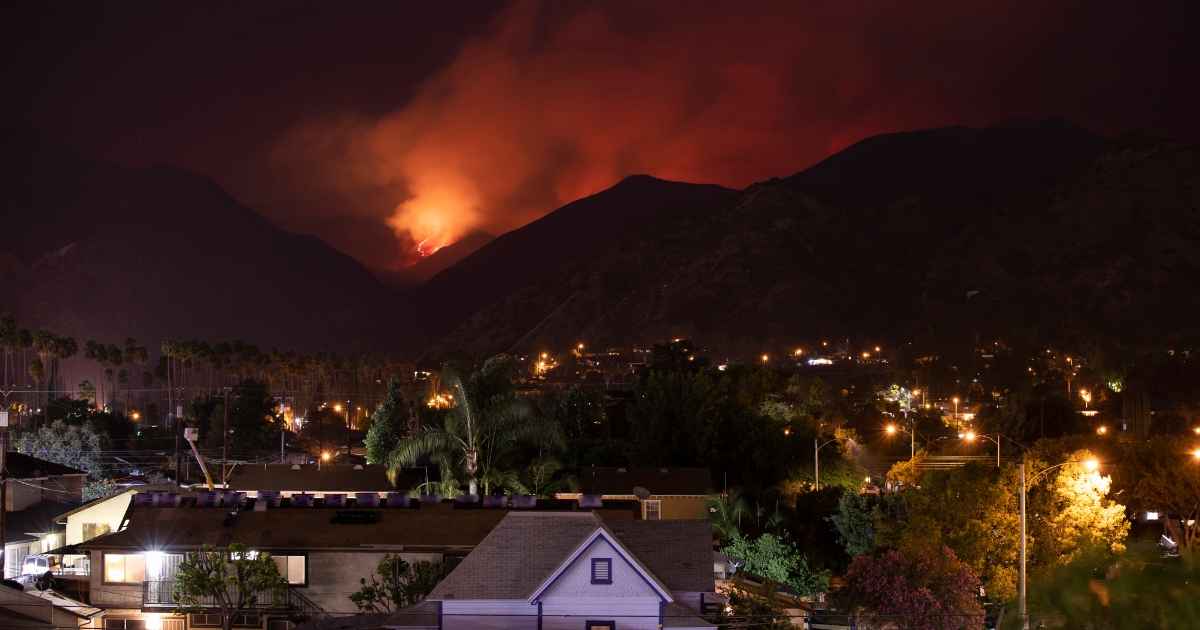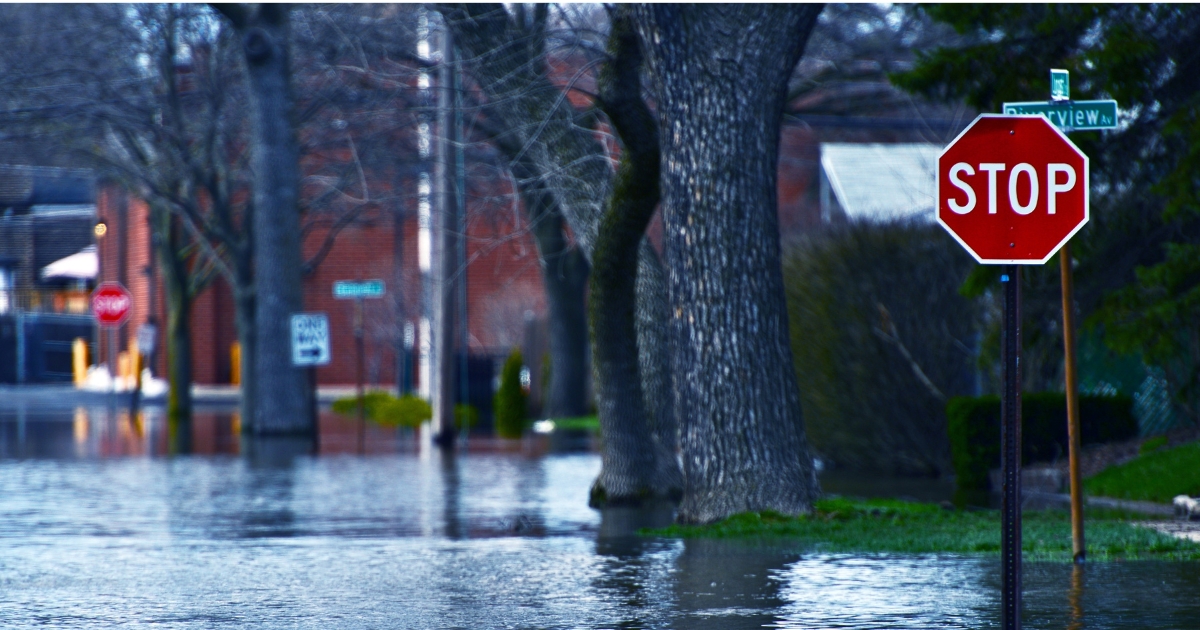What Now? Mastering Your Community’s Disaster Recovery Plan
Disasters have a deep, lasting impact on individuals and their communities. An effective plan that incorporates all components of disaster recovery considers the weeks, months, and years after the initial emergency has occurred. Disasters damage infrastructure and property, but they are also traumatic experiences that leave individuals emotionally and physically vulnerable.
Taking a human-centered approach to creating a disaster recovery plan means weaving the needs of your community into the rebuilding process. This leads to greater trust within the community, as well as between the community, its leaders, and government. Trust contributes to a sense of safety and camaraderie, resulting in greater resilience as the community comes together to move through shared challenges.
In this article, we’ll cover why disaster recovery is important, the four pillars of emergency management, and five steps your community can follow to create your plan.
Why Disaster Recovery is Important
When you’re creating an emergency management plan, it’s critical to include a strategy for recovery beyond the initial crisis response.
The four pillars of emergency management are mitigation, preparedness, response, and recovery. Recovery begins after you have dealt with the immediate aftermath of a crisis. One of the major benefits of a disaster recovery plan is that it enables you to address the complex nature of a disaster’s impact over time.
Recovery is essential for restoring stability to a community affected by disaster. The goal is to address what’s been lost in the disaster while strengthening the community and enabling resilience. Recovery planning can also help you develop more effective risk reduction strategies to protect your community from future disasters.

Planning: Five Components of Disaster Recovery
Initiating recovery planning as soon as possible after disaster strikes is imperative for establishing community resilience. Here are the five main components of an effective disaster recovery planning process.
1. Post-Disaster Needs Assessment
Conducting a post-disaster needs assessment (PDNA) provides insight into the extent of the damage to your community. During a PDNA, you will need to go out into the community to assess the infrastructural, economic, and environmental toll that the disaster has taken.
You will also need to find out how people’s health, well-being, and safety has been affected—as well as the social and cultural impacts of the disaster. It can be helpful to bring on an experienced emergency management consultant to support the PDNA process as they have insight into what you need to look for and pay attention to for a holistic view of disaster impact.
The data you gather from a PDNA gives you direction for your recovery plan. Understanding the scope of what has been lost provides the framework for setting recovery goals and securing the resources you need to meet them. It also helps you determine which government agencies, non-profits, or businesses you need to partner with to begin rebuilding and restoring a sense of safety within the community.

2. Strategic Community Engagement
Displacement and environmental damage inflict psychological and spiritual wounds, not just physical ones. The only way to find out what individuals need to feel safe, stable, and connected is to engage with them. Speaking directly to the community is at the core of human-centered disaster recovery planning.
Every community has its own values, traditions, and approaches to community-making. For example, many Indigenous communities have a culturally relationship to the land and may have social structures that must be honoured in specific ways. Recovery planning should prioritize cultural and social needs to ensure that the community continues to thrive as a unified group.
The aim of community engagement should be to find out what these unique social, psychological, cultural, and spiritual needs are. These needs are often interwoven with the physical, economic, and infrastructural needs of the community. Creating a space for dialogue, asking open-ended questions, and employing active listening skills can help you better understand what community members truly need.
Get support with community engagement →

3. Short-, Medium- and Long-Term Goal Setting
Once you’ve gathered information from the PDNA and community feedback, you can solidify your short-term goals and establish medium- and long-term goals. Goal setting is a dynamic process that should include check-ins with the community along the way to ensure alignment. New, unforeseen challenges can arise, so goal setting must remain flexible.
Short-term initiatives include administration of medical services, resumption of essential business activities, and the provision of temporary housing. Medium-term initiatives include repair work and environmental rehabilitation as well as facilitating cultural or spiritual reconnection with the land and one another—which is especially important for Indigenous communities. Long-term goals can include developing new infrastructure or services and preparing for potential disasters in the future.

4. Finding and Securing Funding
Typically, the federal or provincial government agencies and regional ministries provide disaster relief funding. Information from your PDNA can be used to apply for funding, ensuring you secure the right amount for the right initiatives. Some types of funding are time-sensitive, so the sooner you can apply, the better.
Different funding providers have their own rules and requirements. It’s a good idea to familiarize yourself with the funding avenues that might be available to you. Maximizing funding opportunities takes time and coordination to ensure that you are well-funded for the initiatives that are most important to the community.
5. Disaster Recovery Project Management
Effectively executing your disaster recovery plan requires project management, including resource allocation and delegation across teams. During this phase, you will need to define the roles and responsibilities of each team member. You will also need to coordinate with the organizations and businesses that have been brought on to rebuild and provide recovery services.
Maintaining open communication with the community through the roll out of recovery initiatives should also be a part of the project plan. Designate team members to continuously engage in community outreach and ensure that community members have the information they need at every step of the recovery process.
Get Started on Your Community’s Disaster Recovery Plan
The impacts of disaster have many intersecting dimensions that affect your community in unique ways. Rebecca Innes Consulting can provide the support you need to create a human-centered strategy tailored to your community’s needs. RIC works closely with you and your community to uncover the interconnected impacts of disaster and provide a scalable, fully-integrated plan that addresses all components of disaster recovery.
Book a consultation →
RIC Blogs
Five Keys to Securing Disaster Financial Assistance
Securing funding for disaster recovery can be a challenge for small emergency management teams, especially those in Indigenous communities. In addition to identifying funding options, teams are often faced with bureaucracy and a heavy administrative burden as they...










